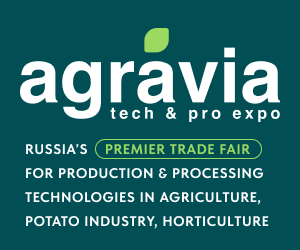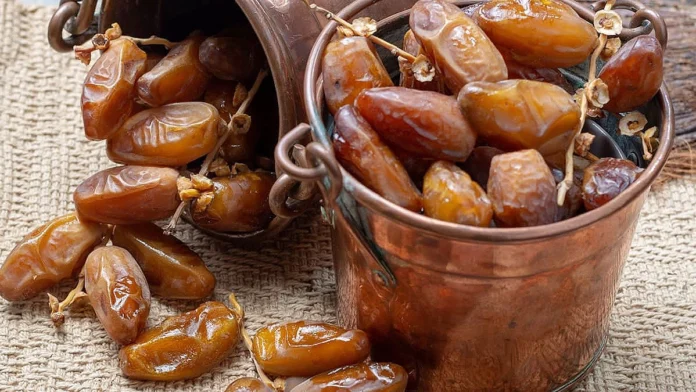Boycotting U.S. Grocery Products Amid Trade War Will Hit Your Wallet and Plate
The ongoing trade war has led to a growing boycott of American products in grocery stores, and consumers should brace for higher bills and changes to their shopping carts.
The Challenge of Finding Alternatives
“Boycotting the U.S. is easy for pineapples and bananas, which don’t grow there, but it’s much harder for other products,” admits Guy Milette, executive vice-president of Courchesne Larose, a major food importer supplying Provigo, Metro, and IGA.
Since the imposition of new tariffs in early March, retailers have been scrambling to adapt to consumers shunning U.S. goods. Milette’s company is now tasked with finding high-quality, affordable alternatives for over 1,000 products.
Citrus Fruits: A Relatively Easy Switch
For lemons, oranges, and grapefruits, sourcing from Europe, Africa, and Central America has been manageable.
“We’ve nearly doubled our citrus imports, especially from Mexico, to compensate for reduced shipments from California,” says Milette. Consumers likely won’t notice a difference in price or taste.
Lettuce: A Fresher Problem
While alternatives exist for lettuce, quality suffers due to longer transport times.
“Mexican lettuce takes two to three days on their side of the border and another four to five days on the U.S. side before reaching Canada, whereas American lettuce arrives in just four to five days total,” Milette explains.
Limited Options for Grapes, Melons, and Cherries
In the coming months, finding replacements for U.S.-grown grapes, melons, and cherries will be tough, especially in summer.
“Right now, grapes come from South America. Soon, Mexico will supply them, but California’s harvest dominates from July to October. If consumers boycott the U.S., there simply aren’t other options,” says Milette.
Higher Grocery Prices Loom
Wholesaler CanadaWide is also shifting its supply chains, reducing U.S. reliance from 90% in the 1980s to just 50% today—a figure that may drop to 30%.
But as company president George Pitsikoulis notes, consumer priorities will shape the outcome. “Spanish celery is far more expensive than American celery. What matters more—avoiding U.S. products or keeping money in our pockets?”
Trade Relations in Flux
The food industry is accustomed to adapting to climate-related disruptions, but the U.S. boycott is reshaping long-standing trade ties.
“We’re now dealing with regions we’ve never worked with before, and negotiating better prices isn’t easy,” explains Sylvain Charlebois, a food industry expert at Dalhousie University.
So far, only U.S. tomatoes, beans, and citrus face tariffs, but the list could expand in April—on both sides of the border.
As the trade war escalates, Canadian shoppers may need to weigh their wallets against their principles at the checkout.












